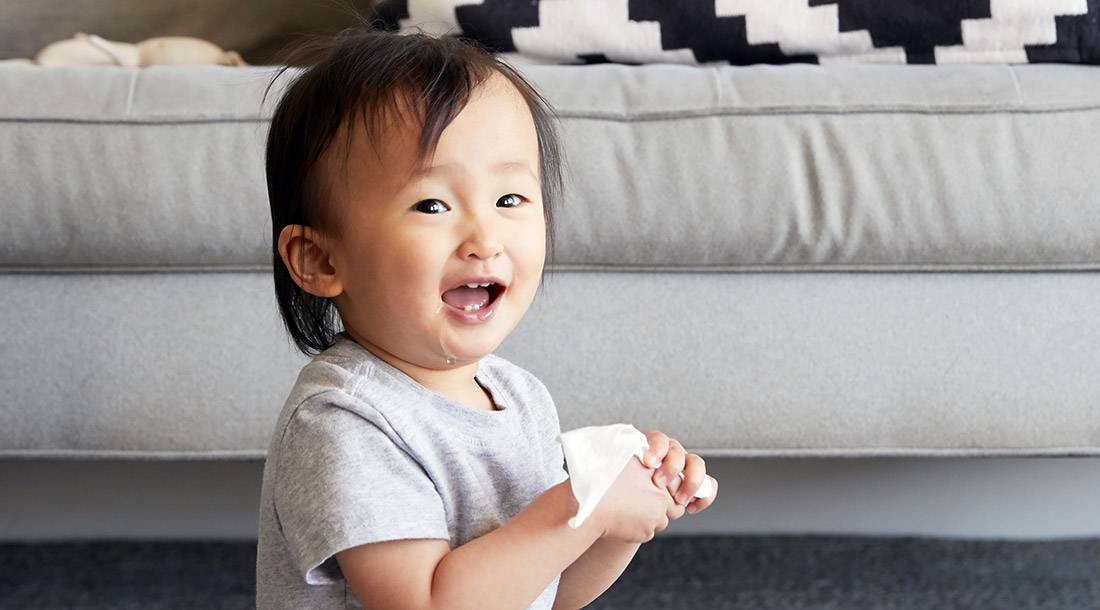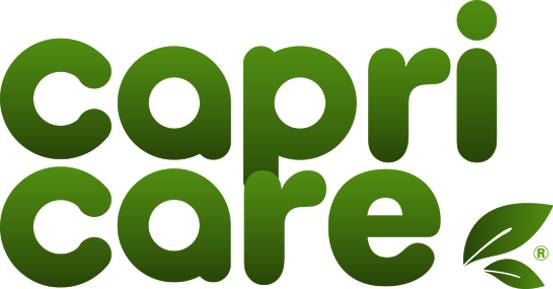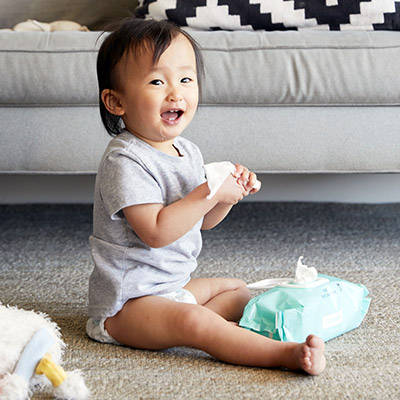When it comes to choosing your baby’s bottle it’s completely about what you and your baby prefer. If your baby appears unsettled and is suffering with wind after feeds there are also anti-colic bottles and teats available, specifically designed to reduce the amount of air they take in while they’re feeding.
Bottle sizes
There are two sizes of baby bottles:
- Small (120 ml/4 oz bottles) are best for young babies and newborns
- Large (225 ml/8 oz bottles) are good for older babies
Bottles are available in three widths:
- Regular – these are easier to find teats for! They also fit a bigger range of coolers and sterilisers.
- Wide-neck bottles – these can help stop your baby taking in too much air (which leads to wind and discomfort). They are also easier to fill and clean.
- Narrow-neck bottles – these can be easier for your little one to hold when they’re ready to learn more independence.

Teats
When it comes to teats no one teat is better than another, it all comes down to what your baby prefers. They come in various shapes and sizes ranging from a typical bell shape to a more natural shape that mimics a nipple. They are made from either latex or silicone; latex is a little softer, but silicone tends to last a little longer.
You will need to replace your teats regularly, keep an eye out for any signs of wear and tear.
Flow rates
The flow rate of a teat determines how fast the milk will flow into your baby’s mouth.
If your little one is taking longer than 20 minutes to finish a feed, is falling asleep during a feed, or is tugging at the teat, these are all signs that it’s time to move on to a teat with a faster flow rate. If they are spluttering or have milk leaking from their mouth these are signs that it might be best to use a teat with a lower flow rate.
Sterilizers
To protect your baby’s immune system it’s very important to sterilize your bottles and teats until your baby is one year old. Other feeding equipment like beakers and spoons should be sterilized until your baby is six months old.
Rinse the bottles, breast pumps, teats etc. first, then wash them in hot soapy water, or you can put them in the dishwasher, before you sterilize them using an approved sterilizing system.
There are a few different ways to sterilize:
- Boiling
Takes approximately 10 minutes. Use a large pot and make sure all your baby’s feeding equipment is well covered by the water. Let it boil rapidly for 5 minutes. (Something to note: teats will wear out quicker using this method.) - Steam
Time varies depending on the method. Electric steam sterilizers take between 8-12 minutes, while microwave steam sterilizers can take as little as 2 minutes. Steam sterilizers can be bought from most baby stores. - Cold water sterilizers
Takes approximately 30 minutes. This system uses specialized nontoxic sterilization tablets which are added to cold water. Just make sure all your feeding equipment is fully submerged.

